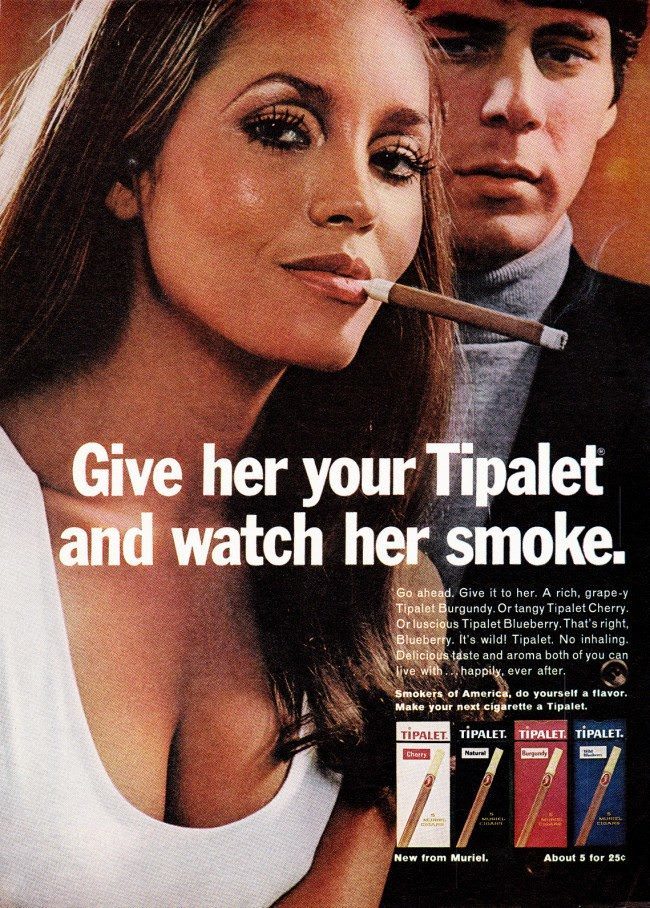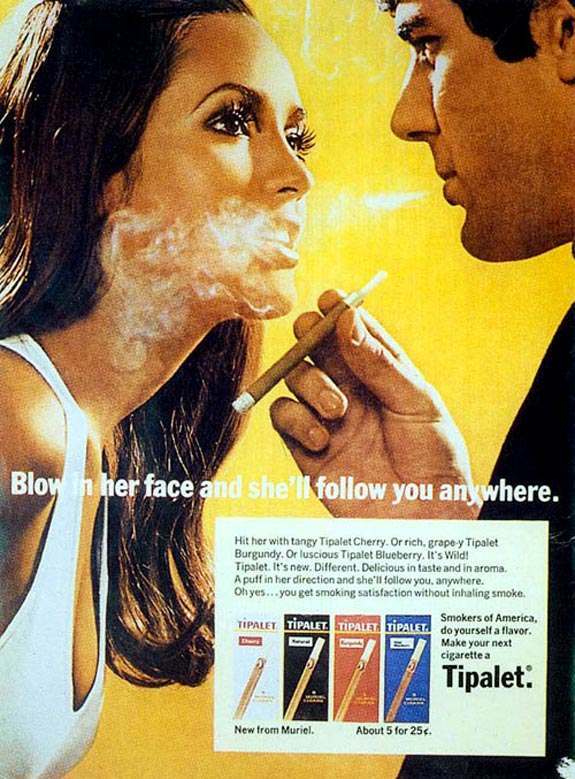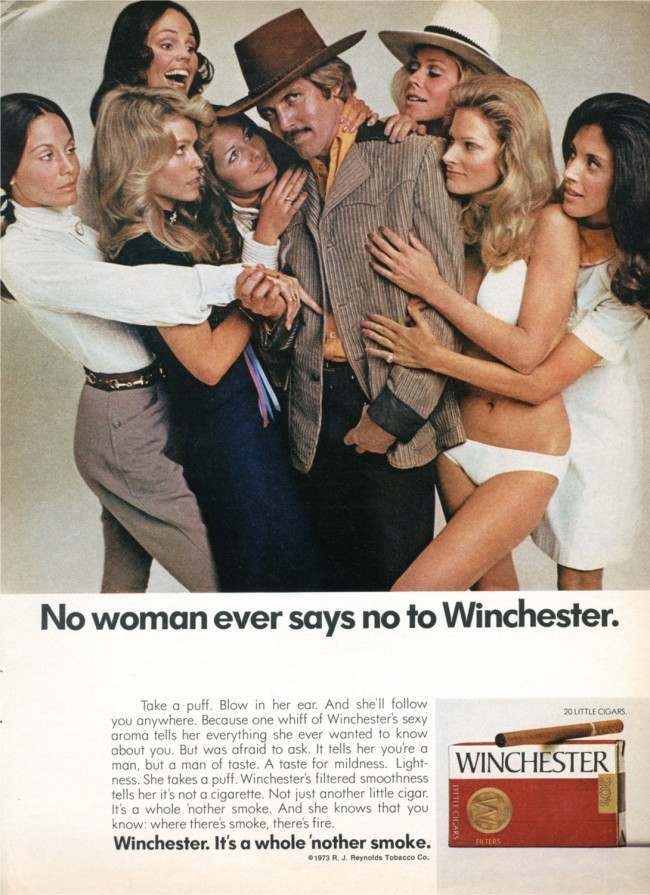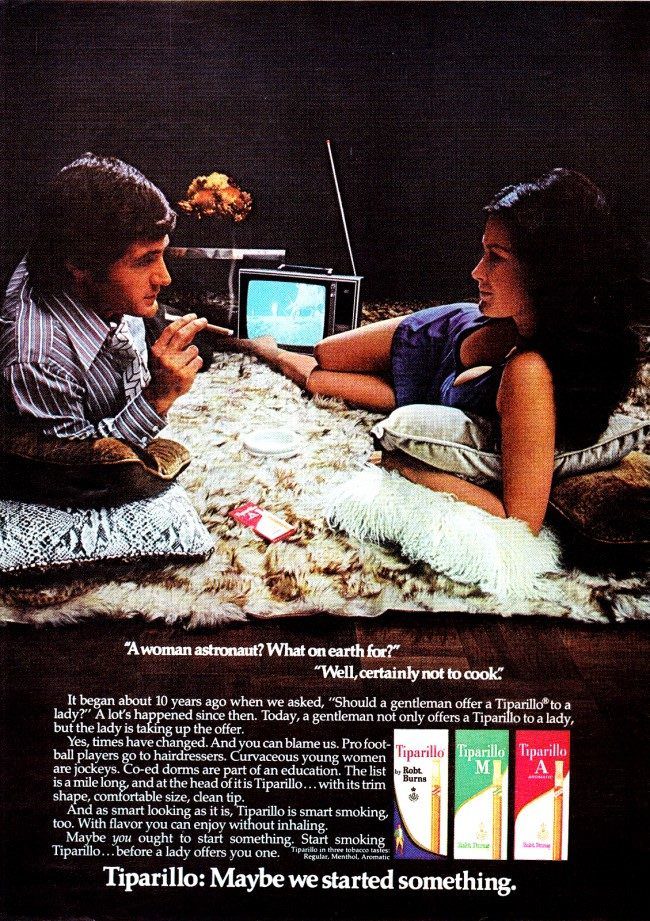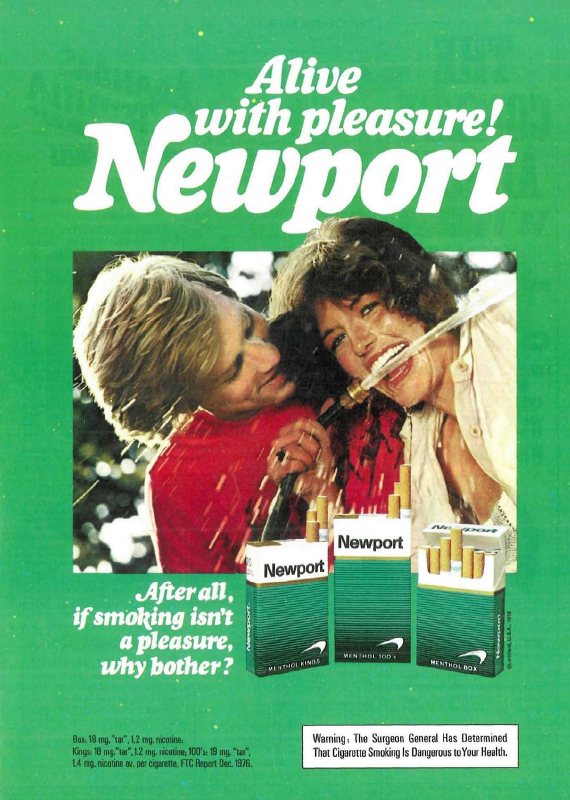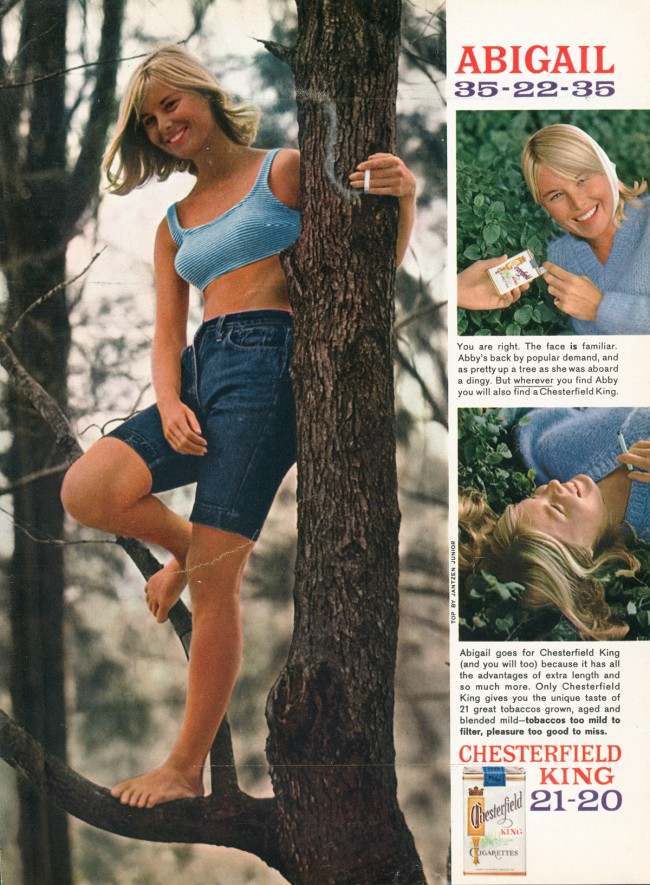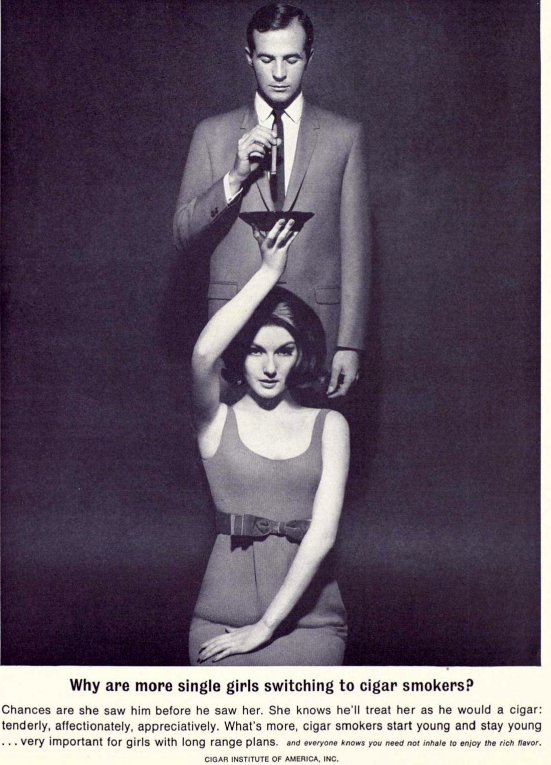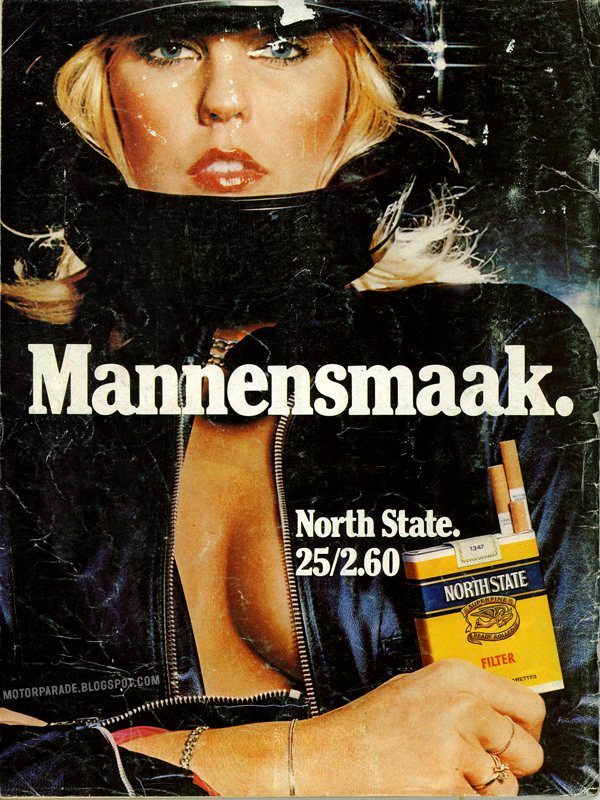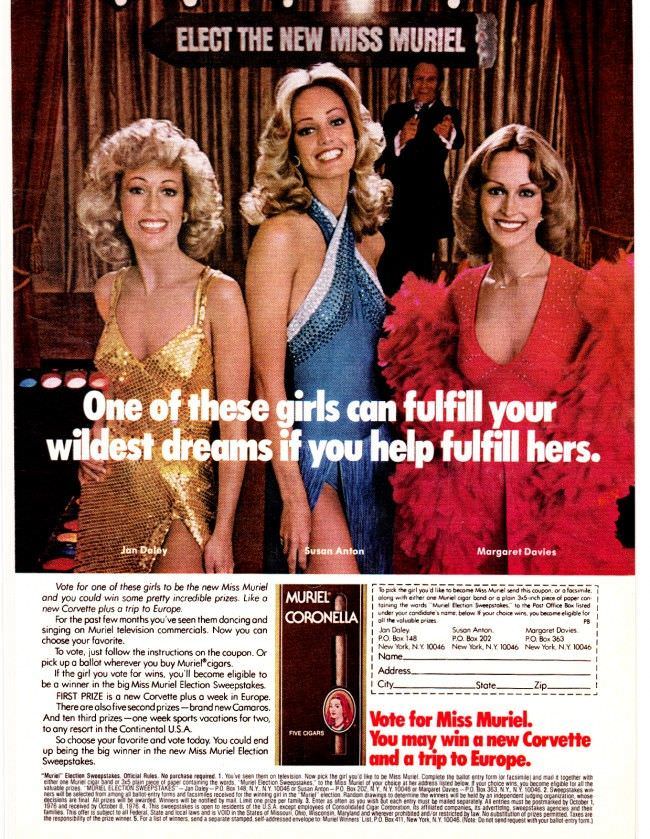The world of tobacco advertising is filled with bold moves and questionable tactics. One of the most striking approaches has been the use of sex appeal. Vintage tobacco ads often featured glamorous models, enticing slogans, and suggestive imagery to attract attention. This strategy was all about making smoking seem glamorous and desirable.
In the mid-20th century, many tobacco companies believed that sexy advertising could draw in consumers. These ads aimed to create a connection between smoking and a lifestyle filled with excitement and allure. For example, women in stylish outfits were often shown holding cigarettes, looking confident and sophisticated. The message was clear: smoking was not just a habit; it was a symbol of freedom and femininity.
One famous campaign was for Virginia Slims, which specifically targeted women. The ads highlighted the idea that smoking could empower women. The tagline “You’ve come a long way, baby” suggested that smoking was a part of women’s liberation. This marketing approach was both sexy and clever, playing on societal changes at the time.
Many brands also used celebrity endorsements to boost their appeal. Famous actresses and models appeared in ads, showcasing their beauty while holding cigarettes. This created a strong association between smoking and being stylish or trendy. Consumers were led to believe that if they smoked, they could embody the same coolness as these stars.
The link between sex and tobacco advertising extended to men as well. Ads targeted male audiences by featuring rugged, masculine figures enjoying cigarettes. These images conveyed the idea that smoking was part of a tough, adventurous lifestyle. The ads suggested that real men smoke and that doing so could enhance their image and attractiveness.
Advertisers downplayed the dangers of tobacco, focusing instead on the excitement and pleasure associated with it. The health risks of smoking were rarely mentioned in these glamorous campaigns. This tactic allowed tobacco companies to sidestep the serious issues surrounding their products.
As society grew more aware of the dangers of smoking, attitudes toward these ads began to change. What was once considered sexy quickly became criticized for being misleading and harmful. Today, many of these vintage ads are seen as relics of a different time. They serve as a reminder of how marketing can manipulate perceptions and promote unhealthy habits.


